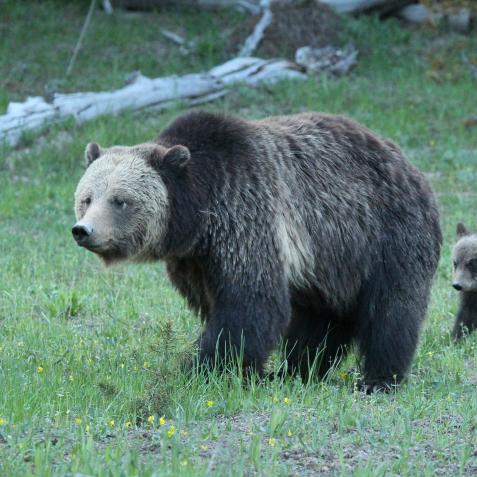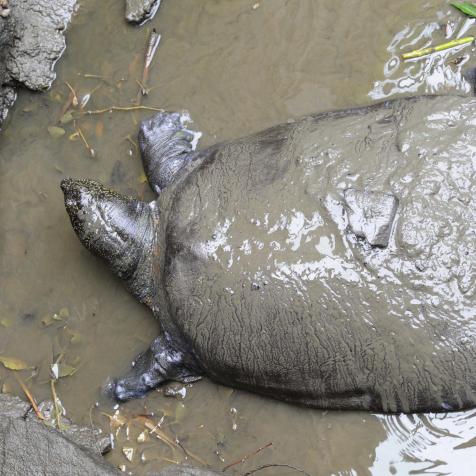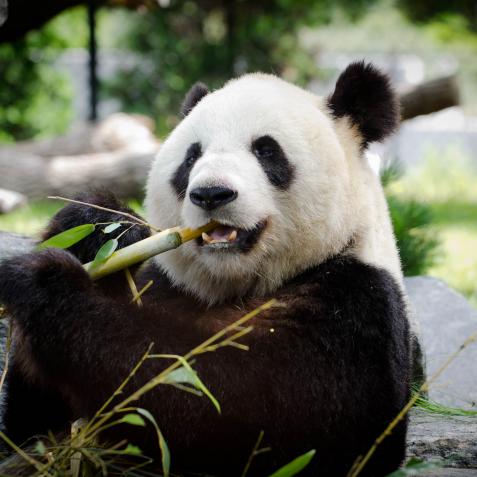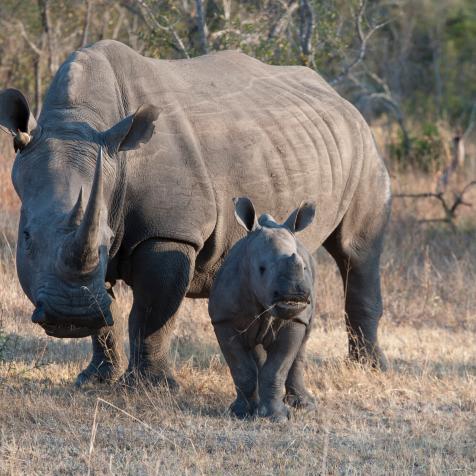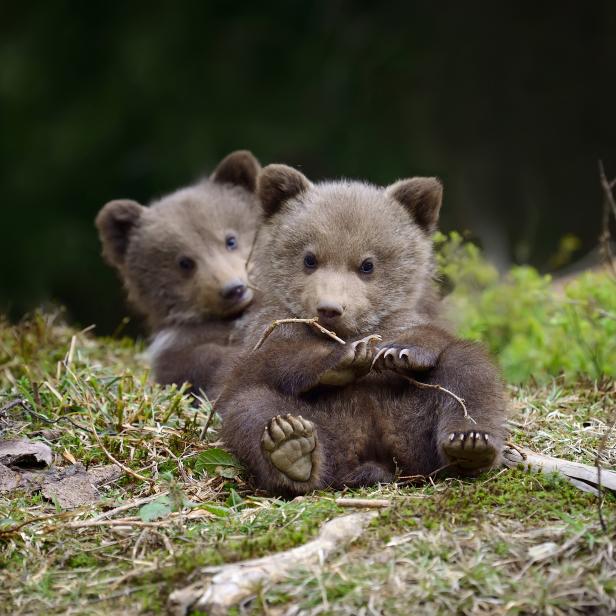
Byrdyak
The Mission to Save Grizzly Bear Cubs
When a mother bear is killed, what happens to her cubs? A team of scientists may have found a solution — an orphanage for grizzly bears.
Grizzly bears are endangered in the contiguous United States. While grizzly bear attacks on humans are rare (there are only about 11 attacks per year in all of North America), what happens when a mother grizzly bear has to be put down?
North American grizzly mothers typically tend to their offspring for two years. An orphaned cub, left to its own devices, will die on its own in the wild.
Most of the time, after a mother grizzly is put down, her cubs are either killed on the spot, left to die in the wild, or brought to a zoo. But a team of scientists in British Columbia is working to solve this problem.
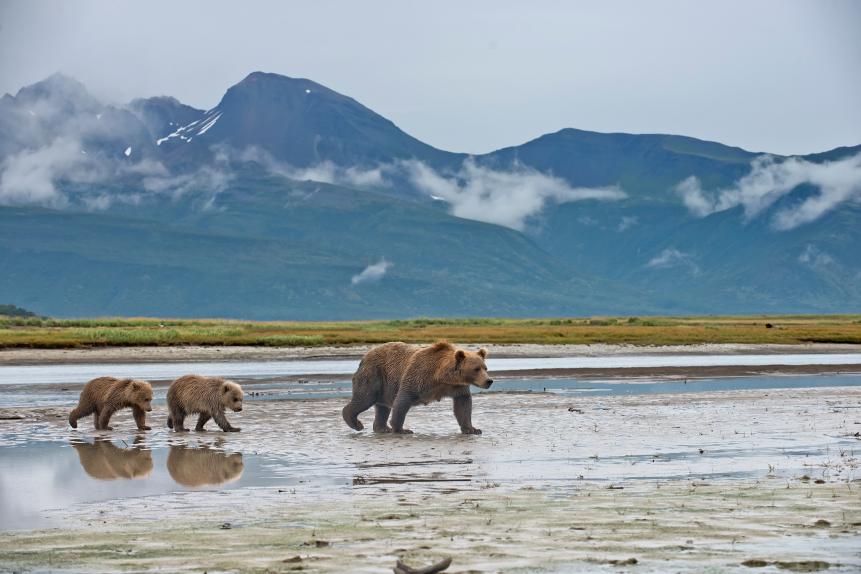
webguzs
Grizzly bear cubs may stay with their mothers for as long as three years — relying on her for protection.
Northern Life Wildlights Shelter in Smithers, B.C. is trying to create a place for these orphaned grizzly cubs. It is the only organization on the continent where orphaned bears can be raised until they are old enough to fend for themselves in the wild. Led by former German zoo keepers, Angelika and Peter Langen, the shelter’s goal is to fatten the cubs up and teach them life skills to avoid conflicts with humans, like the ones that led to their mothers’ deaths.
“We want to give these bears the best chance for survival,” bear biologist Dr. Lana M. Ciarniello said to The New York Times. “We want to set them up for success.”
Last October, three cubs arrived at the sanctuary after their mother was killed in a collision with a truck. Later that year, two more cubs arrived after their mother was found eating food out of a dumpster near a populated community, and was shot and killed.
The five cubs quickly became friendly- playing with ice cubes together, slathering themselves in mud, and even choosing to sleep together despite being given separate dens.
Financed by the Grizzly Bear Foundation, this is the first long-term study in the world testing whether sheltered cubs can be successfully rehabilitated back into the wild. The goal is for a “rewilded” cub to thrive in nature and eventually have cubs of its own.
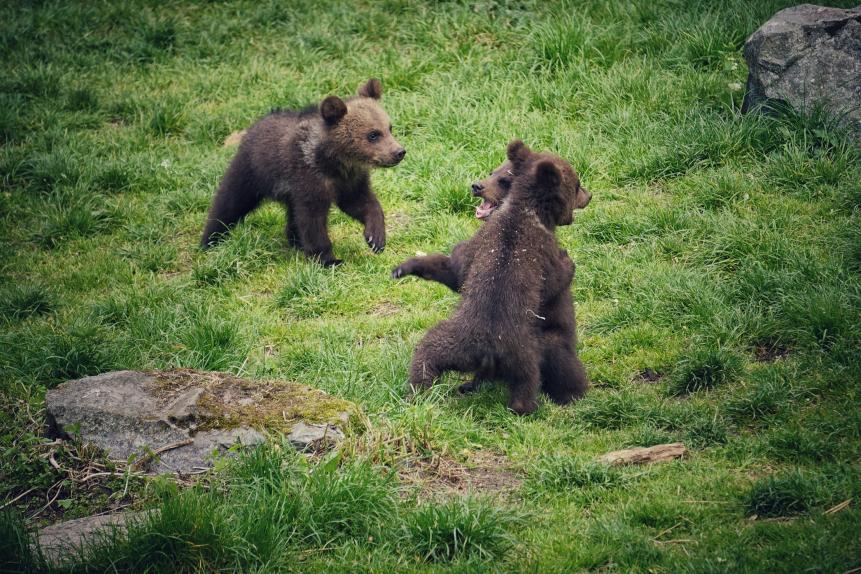
Niklas Storm / EyeEm
Grizzly cubs spend most of their time in the shelter playing.
The bears are watched from an observation cage to keep an eye on them with minimal human interaction. A key to the program’s success is making sure the bears do not interpret humans as friendly, so when they are released, they avoid humans and civilization altogether.
The shelter is set on 220 acres of wilderness, and is run by six employees and a team of dedicated volunteers. Since it began housing orphaned grizzly bears in 2007, Northern Life has reared more than 30 cubs.
The team uses radio collars and tags to GPS-track the cubs after they are released back into the wild, near where they were rescued. They track the grizzlies for years to monitor them and make sure they are steering clear of humans.
Unfortunately, there is no guarantee of success with such a pioneering program. One of the five cubs did not survive the helicopter journey to the release site. “It really puts a damper on the whole release when something like that happens,” said Dr. Ciarniello.
Based on data from their GPS collars, the four surviving cubs seem to be doing well in the forest, and are in excellent health. The team hopes to use the results of this project to set the standard for grizzly bear rehabilitation and create new sustainable practices to better the future of the species.









